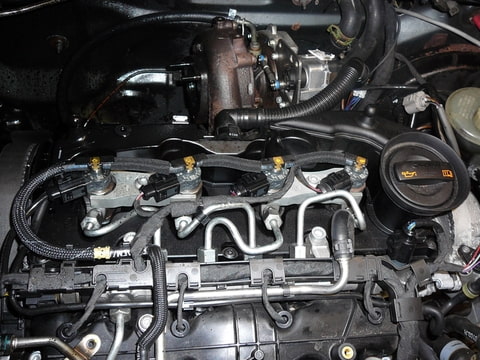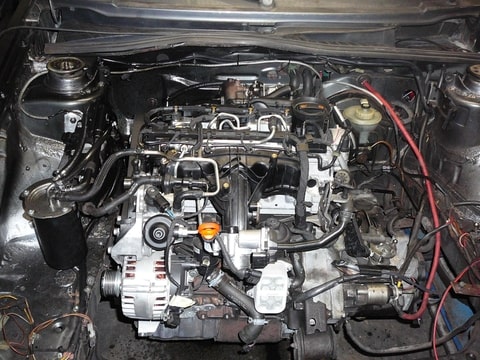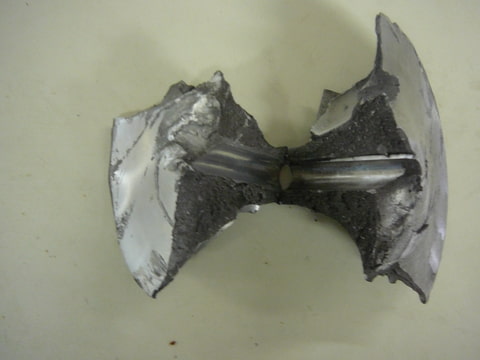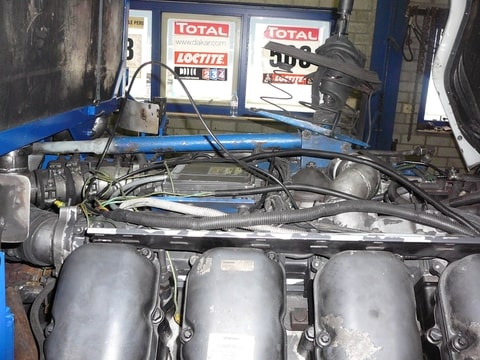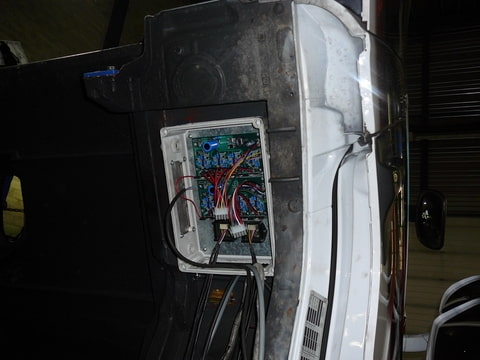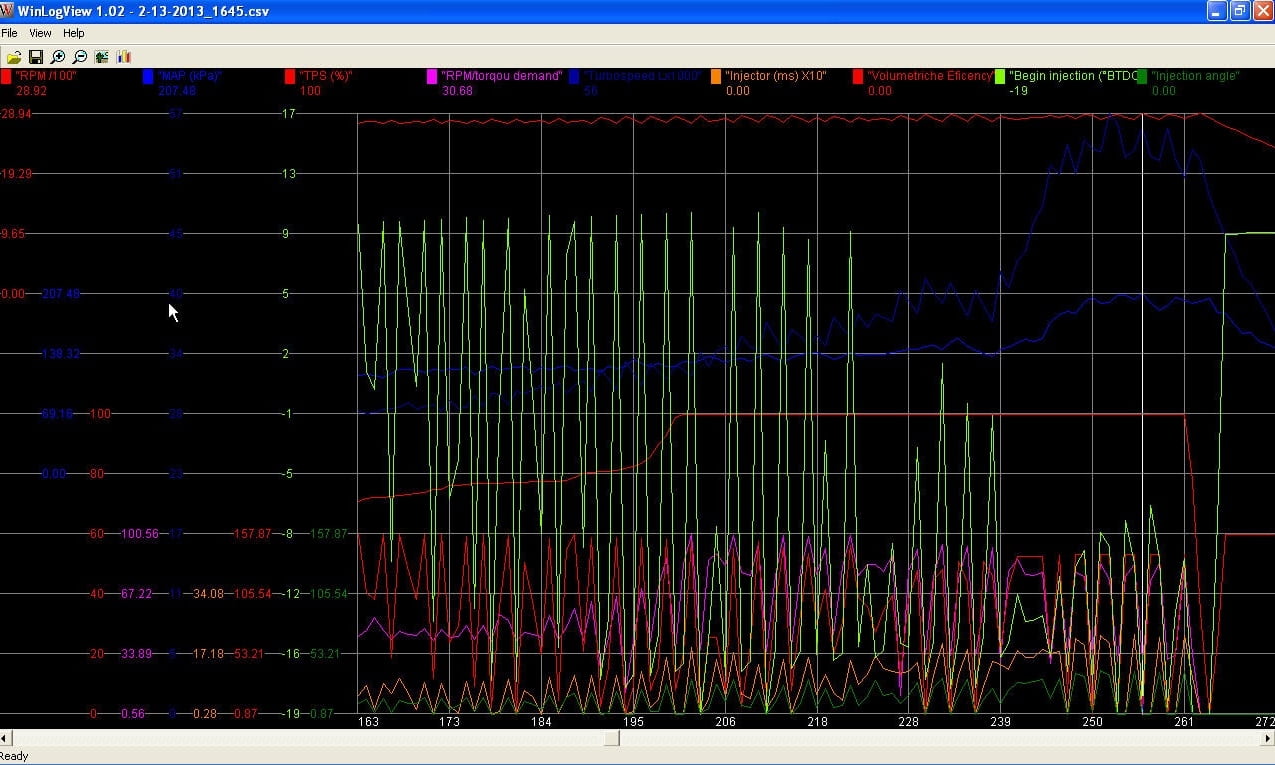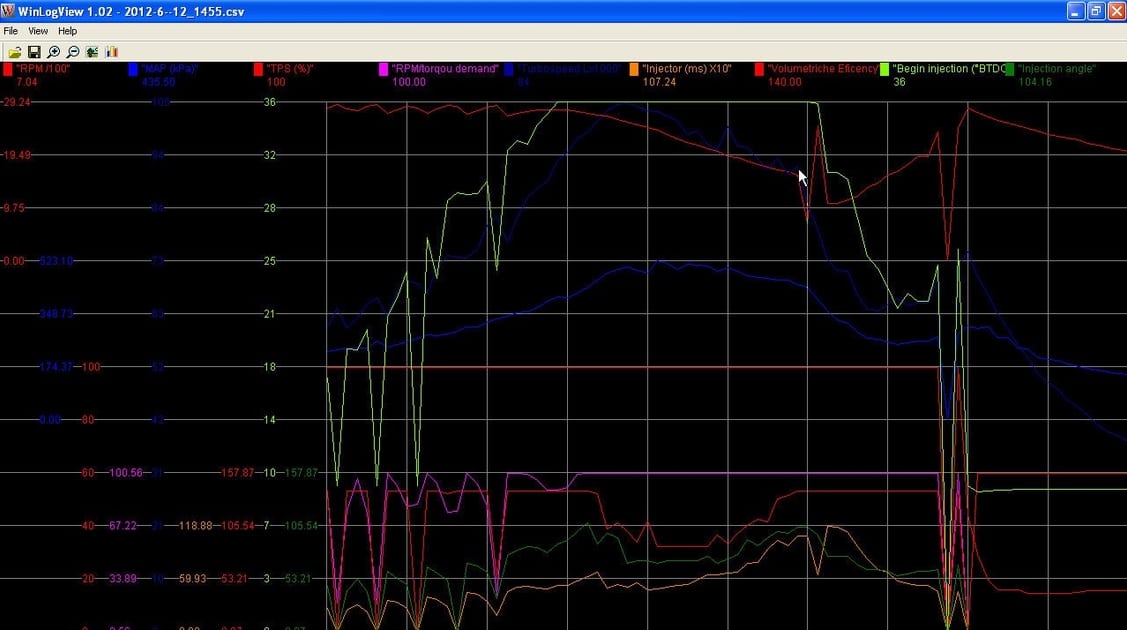Well yes I know about the manifold but the idea and the length is about the same. Have a look here some more pictures from last week party we have ones a year for sponsor and team members. De Manne van Janne
Well we have a full power range from 2900RPM down to 2100RPM for now making way over 1000Hp close to 1100Hp per turbo on 3.8 to 4Bar of boost so I don’t thing that’s bad.
With the S482 we want to use we hope to go down to 1850Rpm before we hit the surge line with a 2 mm bigger compressor wheel. HX60 hits the surge line with 0.74Kg/sec and the S420 dos it @ 0.7Kg/sec @ 4Bar boost.
Well we have a full power range from 2900RPM down to 2100RPM for now making way over 1000Hp close to 1100Hp per turbo on 3.8 to 4Bar of boost so I don’t thing that’s bad.
With the S482 we want to use we hope to go down to 1850Rpm before we hit the surge line with a 2 mm bigger compressor wheel. HX60 hits the surge line with 0.74Kg/sec and the S420 dos it @ 0.7Kg/sec @ 4Bar boost.

